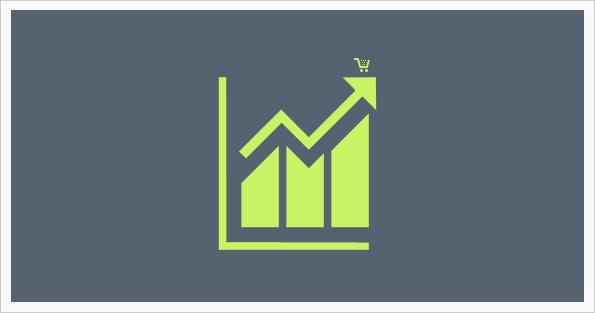In the age of digital transformation, we are surrounded by lively gadgets like self-driving cars, humanoids, and drones. It is difficult to imagine the present state of these gadgets without collaboration with Big Data Analytics. Without the aid of Big Data Analytics, it would be very difficult for us to interpret and understand data. For holistic comprehension of data, big data courses are extremely helpful. They not only help in keeping with the pace of technology but also help in gaining deep insights into data segregated in various forms. Big Data Analytics embodies a large number of concepts within itself.
Automation by artificial intelligence and insights like never before
Artificial intelligence has changed the way we carry out Big Data Analytics. To generate precise and surgical insights from different types of structured and unstructured data is not easy. This is where artificial intelligence comes into the picture. With the help of automation, analytics can be carried out more deeply and insight can be derived more exactly. On the face of it, artificial intelligence appears to be used in different types of software that are powered by machine learning. To put it more precisely, artificial intelligence is not limited to software but intelligent systems and complex machinery as well. This is the same machinery that goes into the making of systems to carry out complex analytics with the help of neural networks.

Data reproduction from smart things
Data today is intimately related to different types of smart things that we use in our life. These smart things are powered by both Artificial Intelligence and machine learning techniques. The smart things actually lie at the interface of artificial intelligence, machine learning, and Big Data Analytics. Not only do they help in the interpretation of data but they also help in understanding and deriving insights from it. For this interpretation, machine learning makes use of different types of classification and regression algorithms. It also makes use of decision trees to derive insights from data in a stepwise manner.
Novel ways of interpreting data
With the advancement of data analytics and big data courses, the number of ways to explore and interpret data has also witnessed a huge expansion. This is especially important from the point of view of data visualization. With the help of different types of graphs and charts, we are able to determine the statistical touchpoints that help in data interpretation.
The problem arises when the samples that are derived from raw and unstructured data are still not enough for spotting valuable insights. As such, the process of evolving new ways for secondary processing of primary output has gained considerable momentum. Another novel method for deriving critical insights from data is by the use of Natural Language Processing techniques. The interpretation of human language allows us to carry out analytics in an advanced manner. Not only does natural language processing improve our data analytical capabilities but it also helps in improving the existing ways of communication capabilities in an organization. Apart from this, we have also seen the rise of extended reality which is allowing us to understand and analyze data in a novel manner. Extended reality provides us an experience by which we immerse ourselves into the environs of data. By combining the capabilities of virtual reality and augmented reality, extended reality has provided major breakthroughs in data innovation. This type of technology can be used to create different kinds of visualizations so that we are able to associate rich meanings to different types of data sets. Finally, extended reality has enabled us to not only device new ways of visualizing and communicating data but it has taken insights to an all-new level.
Hybrid computing
In the initial period, we primarily relied on public cloud services to fulfill our Big Data Analytics needs. Over a period of time, we saw the rise of private clouds that could carry out analytics in a localized manner. Both public and private clouds were associated with their own advantages and disadvantages. This made us switch to hybrid computing which had the benefits of public and private cloud platforms. The hybrid cloud systems became extremely popular not only in the domain of computing but also in the area of information processing.
Concluding remarks
The art of analyzing data in the raw and aggregated format has witnessed considerable evolution in the last few years. This process would continue with the emergence of different types of analytical systems in near future.








